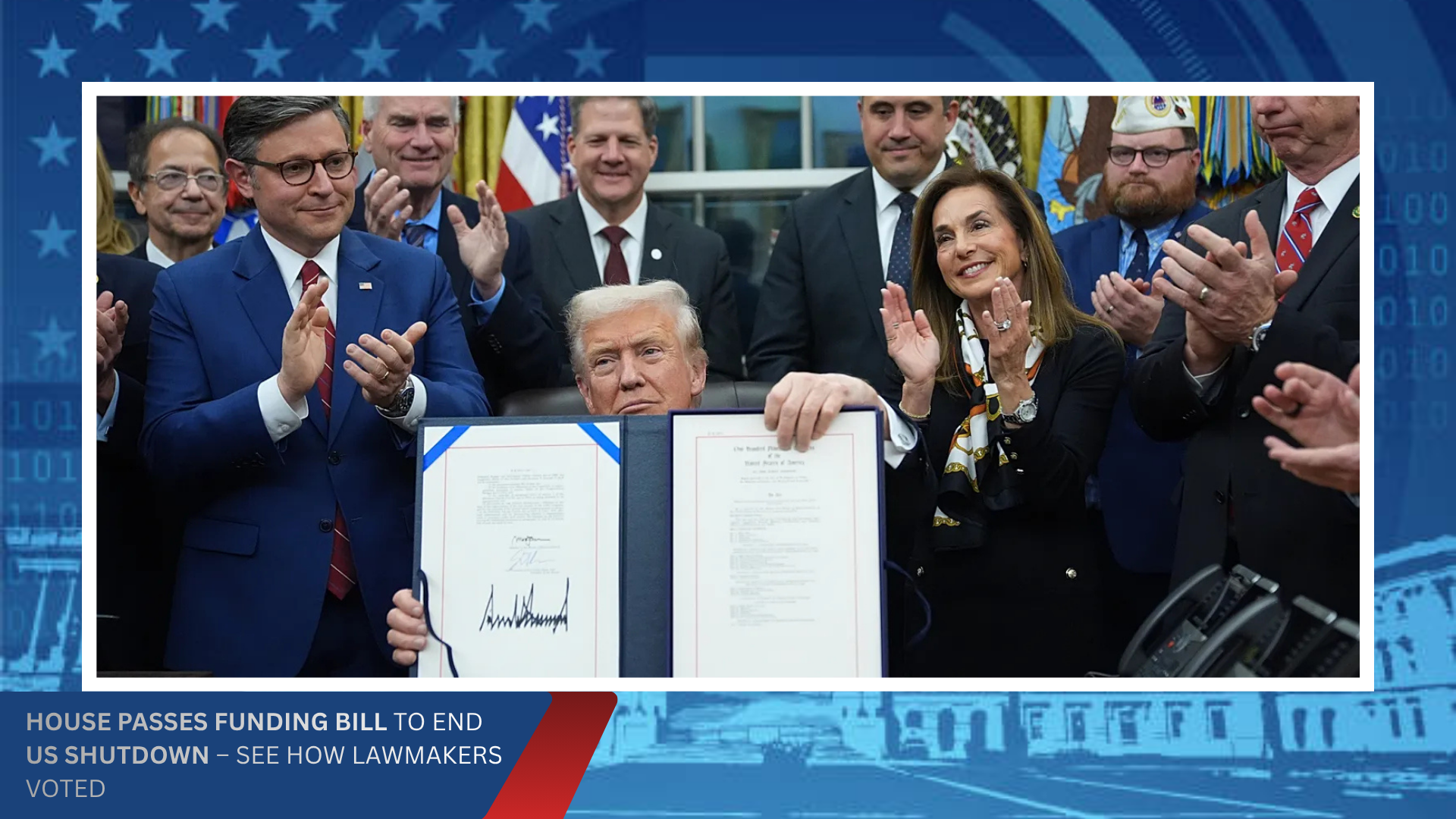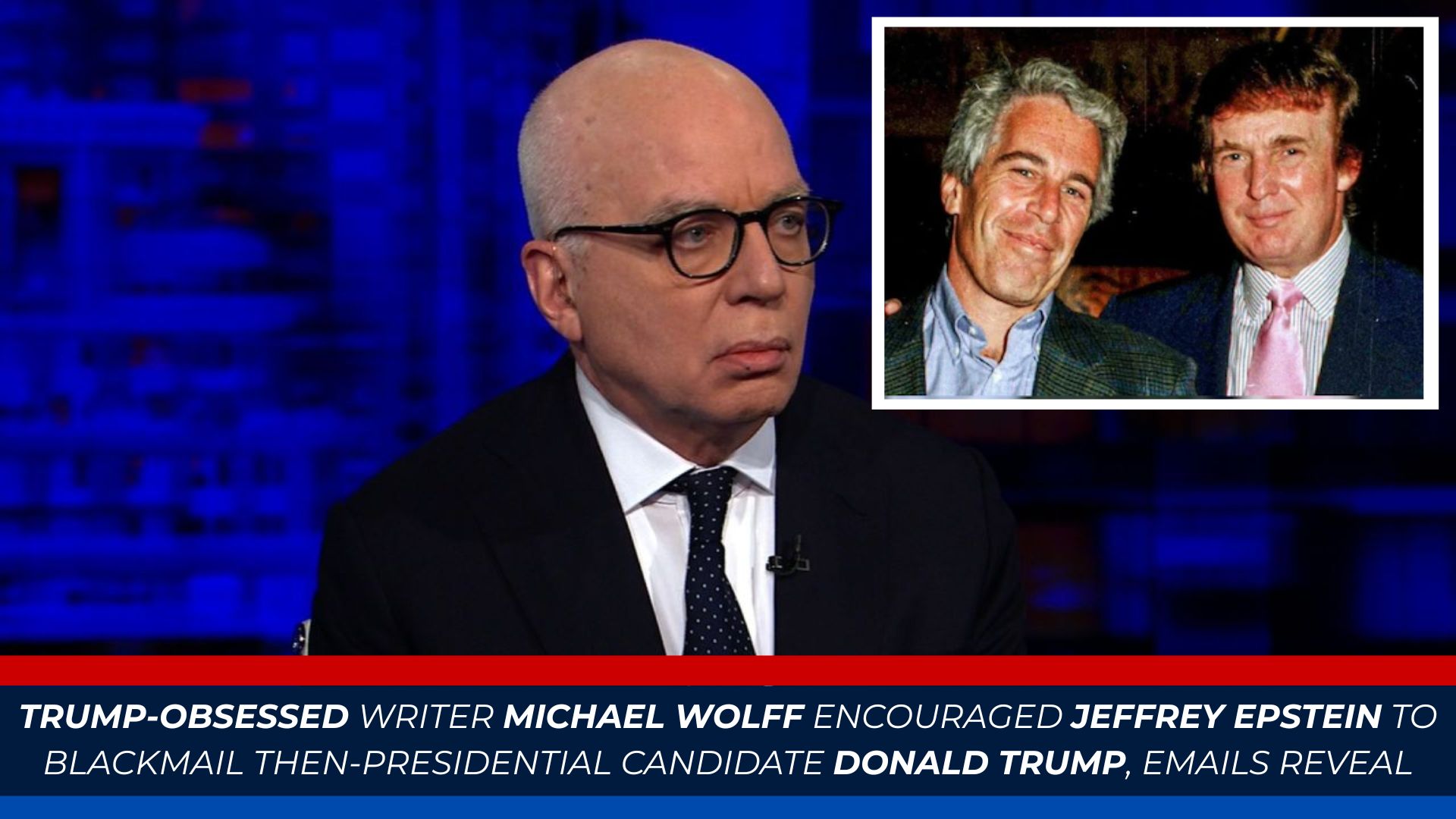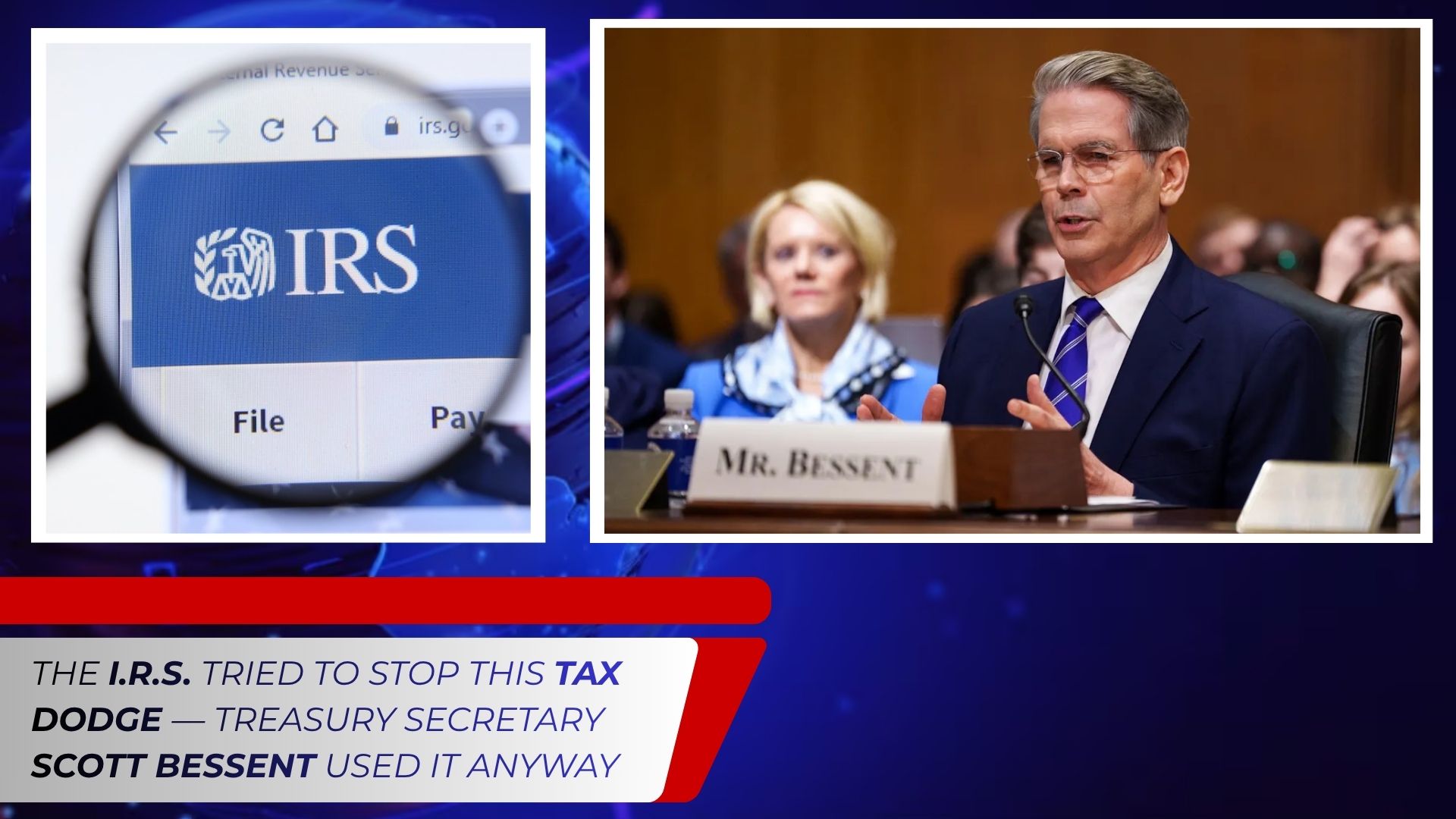As President Donald Trump readies for his upcoming trip to Asia, anticipation builds across global markets and diplomatic circles. Scheduled to depart late on October 24, the former president’s journey signals a renewed push to mend one of the most contentious trade relationships of the last decade: the one between the United States and China. Trump’s stated goal is clear — to secure progress on a trade deal that could ease tariffs and recalibrate the economic balance between the world’s two largest economies.
A Renewed Effort at Economic Diplomacy
This trip marks one of Trump’s most ambitious attempts since leaving office to assert his foreign policy stance on trade. His earlier administration was defined by its aggressive use of tariffs — a tool he wielded to challenge what he described as “unfair Chinese trade practices.” The result was a multi-year trade war that disrupted global supply chains, escalated prices for consumers, and forced businesses in both nations to rethink their dependencies.
Now, Trump is returning to the diplomatic stage with what insiders describe as a more pragmatic tone. “This is about securing a better future for American workers and ensuring fair trade,” a senior adviser reportedly said. The Asia trip includes stops in Japan, South Korea, and China, each playing a strategic role in both economic and security discussions.
Revisiting the Trade War’s Legacy
To understand the stakes of this trip, one must revisit the roots of the U.S.–China trade conflict. In 2018, Trump imposed tariffs on billions of dollars’ worth of Chinese imports, accusing Beijing of intellectual property theft and currency manipulation. China retaliated with its own tariffs on American goods — especially agricultural products, which struck at the heart of Trump’s political base in the Midwest.
The tariffs resulted in billions in lost revenue for farmers and manufacturers, and while both nations eventually signed a “Phase One” agreement in early 2020, the COVID-19 pandemic quickly derailed much of its progress. Trade data from the following years showed that China fell short of its promised purchase commitments, and tensions remained unresolved.
Trump’s upcoming trip aims to address those unfinished issues and lay groundwork for what aides describe as a “Phase Two” deal — a broader, long-term framework focusing on technology, investment protections, and market access.
China’s Perspective
From Beijing’s standpoint, the timing of Trump’s visit is both sensitive and strategic. China’s economy has been under pressure from slow domestic growth, a sluggish property market, and weakened exports. The leadership, while cautious, has shown increasing openness to stabilizing relations with Washington if it means renewed investor confidence and export growth.
Chinese officials, however, remain wary of Trump’s unpredictable negotiating style. During his presidency, Trump often relied on brinkmanship — pushing talks to the edge of collapse before sealing agreements. Analysts suggest that China may approach the talks with guarded optimism, offering limited concessions while seeking clarity on the U.S. stance toward tariffs and technology restrictions.
Trade, Technology, and Geopolitics
Beyond tariffs, the Trump trip also has significant implications for technology policy. The global competition for leadership in artificial intelligence, semiconductor production, and green technology has heightened tensions between Washington and Beijing. Trump is expected to advocate for stricter protections for U.S. intellectual property and push for limits on forced technology transfers, a practice that American companies have long criticized.
At the same time, Trump’s advisers have hinted at the possibility of a “mutual benefit” arrangement — potentially opening some U.S. sectors for greater Chinese investment in exchange for guaranteed access for American goods. If successful, such an agreement could reshape the landscape of trans-Pacific trade.
Allies and Regional Dynamics
While China will dominate the headlines, Trump’s stops in Japan and South Korea are equally critical. Both nations have strong trade ties with the U.S. and China and often find themselves caught in the middle of the two powers’ rivalry. Trump is expected to discuss regional security issues, especially in light of North Korea’s continued missile activity and the shifting dynamics in the Indo-Pacific region.
Japan, a long-time advocate for free trade, may encourage Trump to adopt a more multilateral approach — working through existing frameworks like the Indo-Pacific Economic Framework (IPEF) or the CPTPP (Comprehensive and Progressive Agreement for Trans-Pacific Partnership). Meanwhile, South Korea’s focus will likely be on maintaining supply chain stability, particularly in semiconductors, where it plays a dominant global role.
Market Reactions and Economic Expectations
Markets have already begun reacting to news of Trump’s planned visit. U.S. futures and Asian indices have shown cautious optimism, with analysts speculating that even a symbolic thaw in trade relations could boost investor sentiment. A potential easing of tariffs would benefit major sectors such as agriculture, manufacturing, and technology, which have all been impacted by the long-standing trade tensions.
However, some economists warn against overly optimistic expectations. “Trade diplomacy takes time and trust — two things that can’t be rebuilt overnight,” noted one international economist. “Even if both sides agree on basic principles, the details of enforcement and verification will be crucial.”
Looking Ahead
Trump’s Asia trip represents more than a diplomatic journey — it’s a test of his legacy and influence in global trade politics. The ability to initiate meaningful dialogue with China could mark a turning point, not just for his political future but for the global economy at large.
Both Washington and Beijing stand to gain from a calmer trade environment. For the U.S., it means new export opportunities and relief for industries affected by tariffs. For China, it means access to stable demand and foreign investment at a time of domestic uncertainty.
The world will be watching closely as Air Force One touches down in Beijing. Whether the trip yields concrete agreements or simply sets the stage for further talks, it underscores one reality — that the economic destinies of the United States and China remain deeply intertwined.
%20(4).png)



.png)




